Sustainable Packaging: A Green Revolution In The Packaging Industry
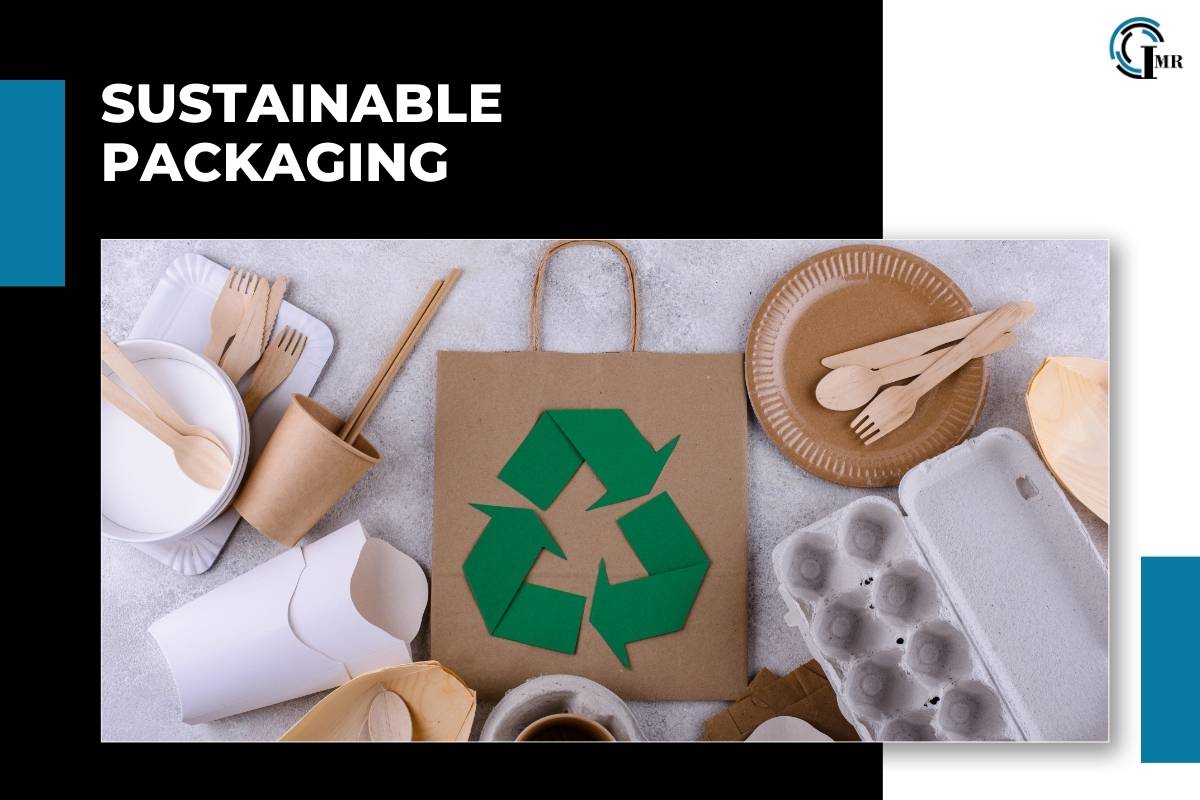
In today’s environmentally conscious world, sustainable packaging has emerged as a significant trend, transforming the way products are packaged and delivered. As consumers become more aware of the environmental impact of their purchasing decisions, businesses are responding by adopting eco-friendly packaging solutions. This blog delves into this concept, its benefits, the role of the compostable plastic industry, and the future of this green revolution.
Understanding Sustainable Packaging
Sustainable packaging refers to the use of materials and manufacturing methods that have a minimal environmental impact and footprint. The primary goals are to reduce waste, conserve natural resources, and minimize carbon emissions. This can be achieved through various strategies, including the use of recyclable, biodegradable, and compostable materials.
The Benefits of Sustainable Packaging
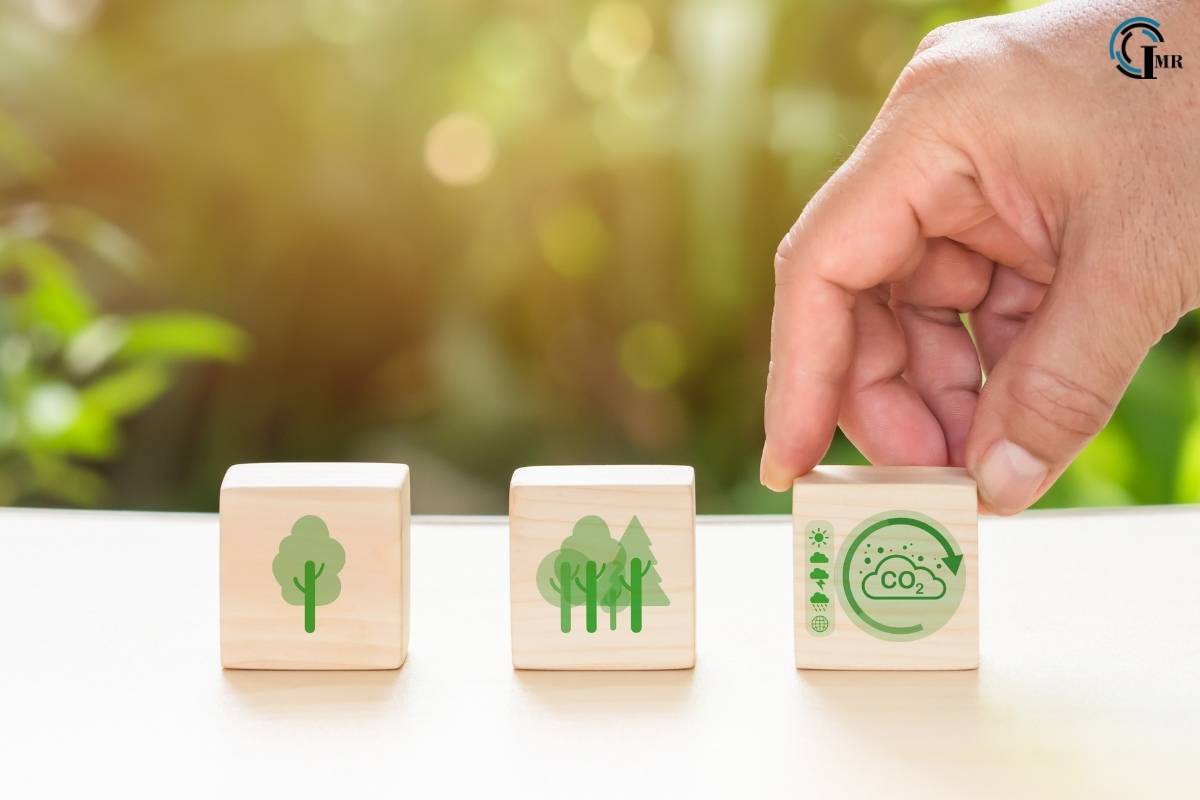
- Environmental Protection: By reducing reliance on non-renewable resources and decreasing waste, it helps protect ecosystems and reduce pollution. This includes minimizing the use of plastics, which can take hundreds of years to decompose.
- Resource Conservation: This packaging technique often involves using materials that are renewable or have a lower environmental impact during production. This can include recycled materials or those sourced from responsibly managed forests.
- Consumer Appeal: As awareness of environmental issues grows, consumers are increasingly seeking products that align with their values. Companies that adopt sustainable packaging can attract and retain customers who prioritize eco-friendly products.
- Regulatory Compliance: Governments worldwide are implementing stricter regulations on packaging materials, especially plastics. Companies that invest in sustainable packaging are better positioned to comply with these regulations and avoid potential fines or restrictions.
- Economic Benefits: While the initial cost may be higher, it can lead to long-term savings through reduced material costs, waste disposal fees, and potential tax incentives.
Key Materials in Sustainable Packaging
- Biodegradable Plastics: These are plastics that can break down in natural environments over time. They are often made from renewable resources like corn starch or sugarcane.
- Compostable Plastics: A subset of biodegradable plastics, compostable plastics decompose into non-toxic components that contribute to compost. The compostable plastic industry is gaining momentum as it provides a viable alternative to traditional plastics.
- Paper and Cardboard: Sourced from renewable resources, paper and cardboard are highly recyclable and biodegradable, making them popular choices for sustainable packaging.
- Plant-Based Materials: Innovations in sustainable packaging have led to the development of materials derived from plants, such as mushroom packaging and seaweed-based materials. These options offer compostability and minimal environmental impact.
- Recycled Materials: Utilizing post-consumer recycled materials helps reduce the need for virgin resources and minimizes waste. This includes recycled plastics, paper, and metals.
The Role of the Compostable Plastic Industry
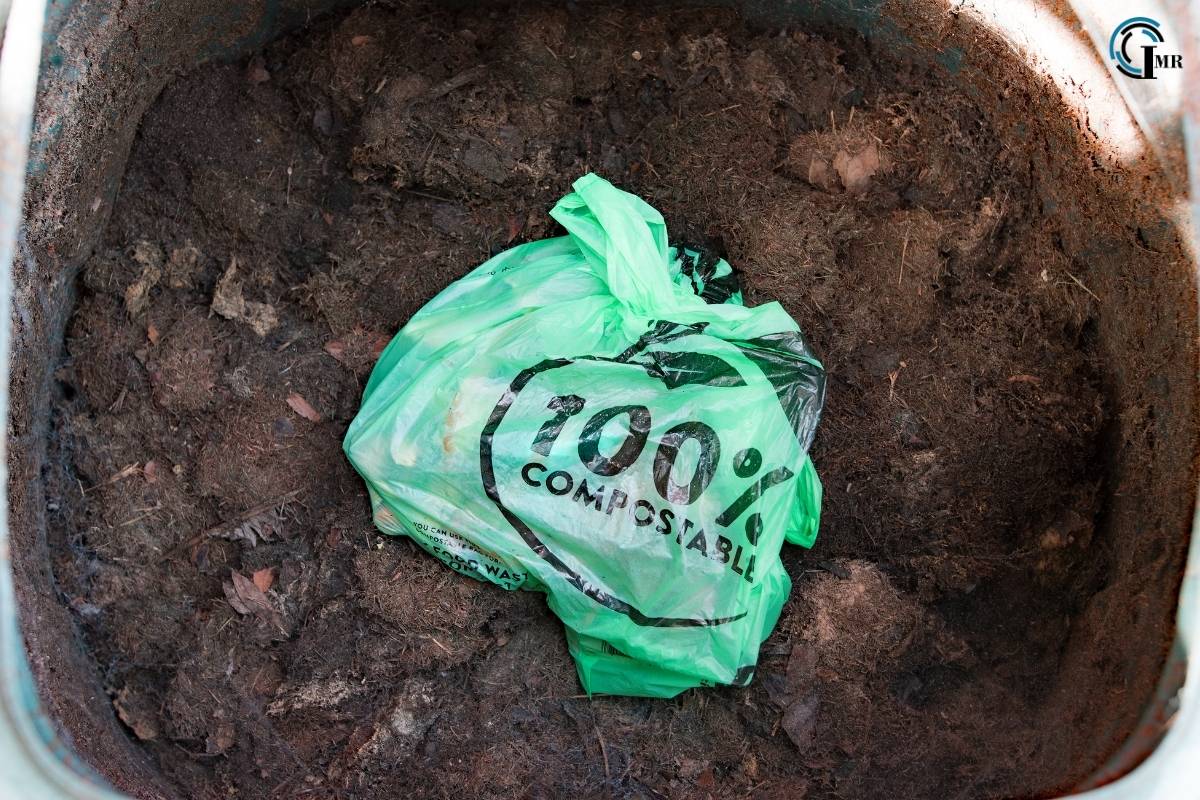
The compostable plastic industry plays a crucial role in the shift towards sustainable packaging. Compostable plastics are designed to break down under specific composting conditions, leaving behind no harmful residues. This industry has seen significant advancements, with new materials being developed that offer similar functionalities to traditional plastics but with a much lower environmental impact.
- Innovations in Compostable Plastics: Companies are continually innovating to improve the performance and cost-effectiveness of compostable plastics. These advancements include enhancing durability, transparency, and shelf life, making them suitable for a wider range of applications.
- Challenges and Opportunities: Despite the benefits, the compostable plastic industry faces challenges, such as limited industrial composting facilities and consumer confusion about proper disposal. However, these challenges also present opportunities for growth and education. By investing in composting infrastructure and increasing public awareness, the industry can expand its reach and effectiveness.
- Collaboration and Policy Support: Collaboration between governments, businesses, and consumers is essential for the success of the compostable plastic industry. Supportive policies, such as subsidies for composting facilities and incentives for using compostable materials, can drive adoption and innovation.
What does the Future Hold?
The future of sustainable packaging looks promising, driven by consumer demand, regulatory pressures, and technological advancements. Here are some trends and developments to watch:
- Increased Adoption of Circular Economy Principles: The circular economy aims to keep materials in use for as long as possible through recycling, reusing, and remanufacturing. Sustainable packaging is a key component of this approach, with companies designing products and packaging for longevity and recyclability.
- Advancements in Material Science: Ongoing research and development in material science are leading to the creation of new sustainable packaging materials with enhanced properties. These materials offer improved performance, cost-effectiveness, and environmental benefits.
- Integration of Smart Packaging: Smart packaging technologies, such as QR codes and RFID tags, can enhance sustainability by providing information on proper disposal, tracking product lifecycles, and reducing waste through better inventory management.
- Consumer Empowerment and Education: Educating consumers about the benefits and proper disposal of sustainable packaging is crucial for its success. Companies can play a role by providing clear labeling and information on recycling and composting.
- Global Collaboration: Addressing the challenges of sustainable packaging requires global collaboration. International initiatives and agreements can help standardize practices, share best practices, and promote sustainable packaging on a larger scale.
Case Studies: Leading the Way
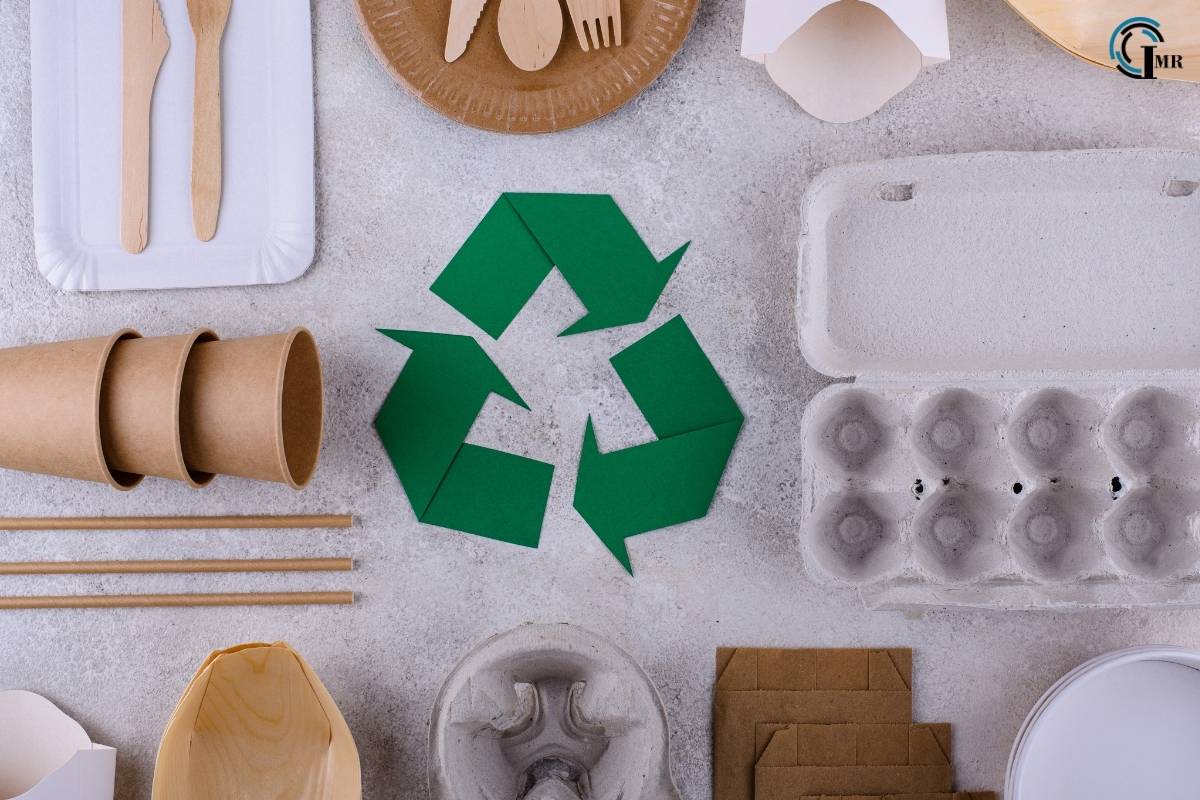
Several companies are pioneering these solutions, setting examples for the industry:
- Unilever: Unilever has committed to making all of its plastic packaging fully reusable, recyclable, or compostable by 2025. The company is also investing in new materials and technologies to reduce plastic use.
- Patagonia: Known for its environmental initiatives, Patagonia uses 100% recycled polyester in its packaging and has implemented take-back programs to encourage recycling.
- Nestlé: Nestlé is working towards achieving 100% recyclable or reusable packaging by 2025. The company is also exploring biodegradable and compostable materials for its products.
- Ecovative Design: This company specializes in mushroom-based packaging, offering a fully compostable alternative to traditional plastics. Their innovative approach has garnered attention from various industries looking for sustainable options.
Conclusion
Sustainable packaging is no longer a niche market; it is becoming a mainstream expectation. As consumers, businesses, and governments increasingly prioritize environmental sustainability, the demand for eco-friendly packaging solutions will continue to grow. The compostable plastic industry, along with other innovative materials and strategies, will play a pivotal role in this transformation. By embracing this new form of packaging, we can reduce our environmental footprint, protect natural resources, and create a healthier planet for future generations.
In conclusion, the shift towards sustainable packaging is not just a trend but a necessary evolution in the packaging industry. As we look to the future, continued innovation, collaboration, and consumer education will be key to driving this green revolution forward. The compostable plastic industry, in particular, offers exciting opportunities to reduce our reliance on traditional plastics and move towards a more sustainable and circular economy. With the collective effort of all stakeholders, sustainable packaging can become the new norm, leading to a more sustainable and resilient world.




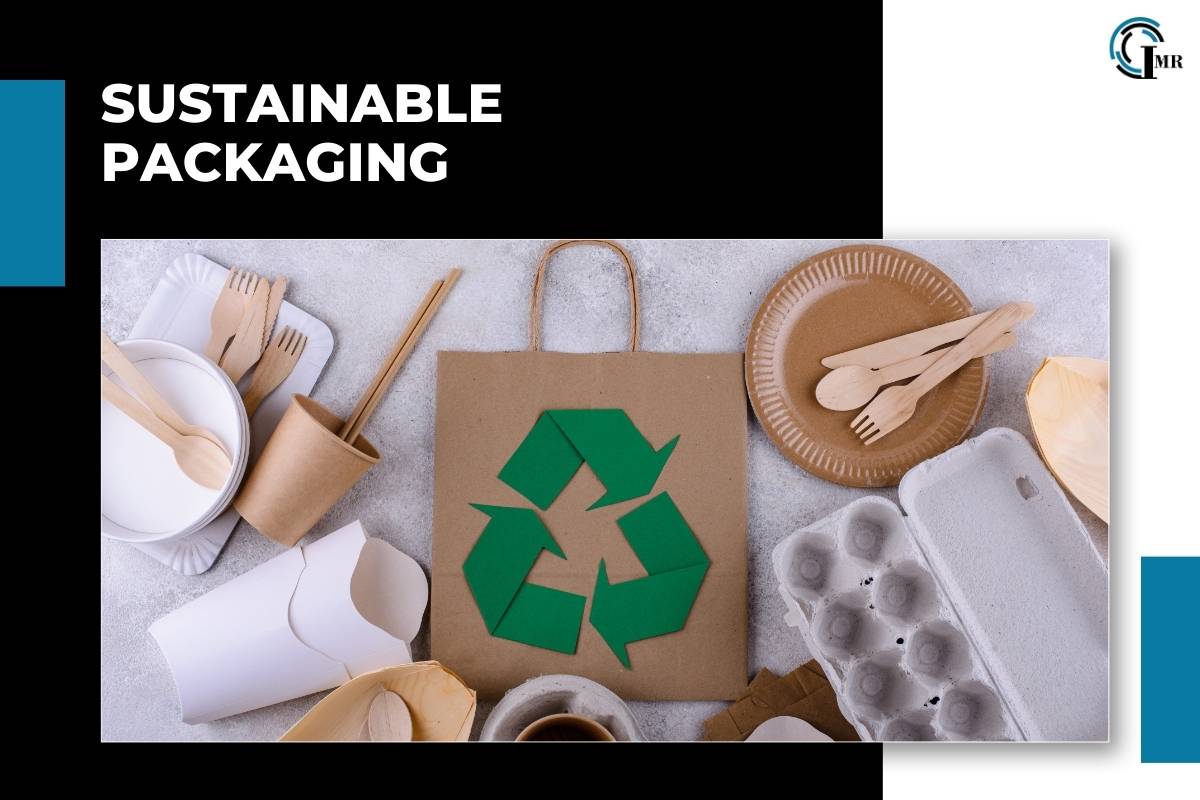
Comments